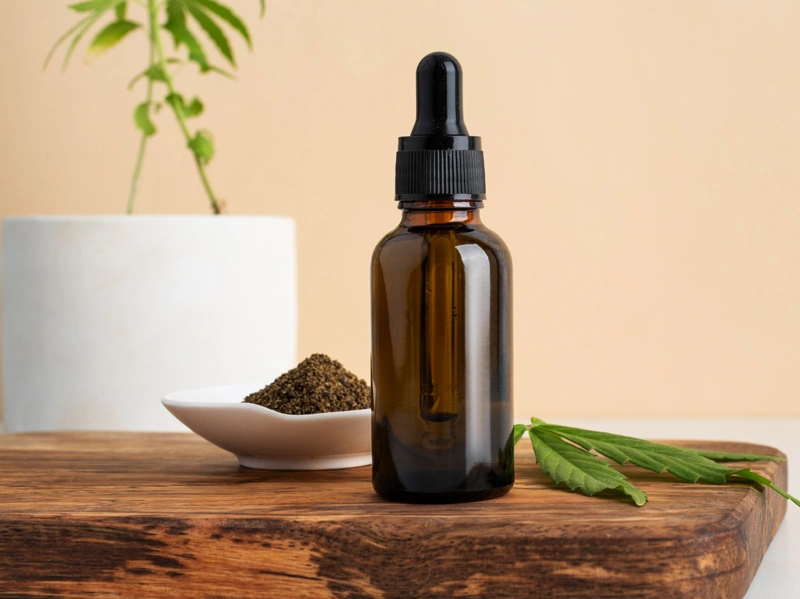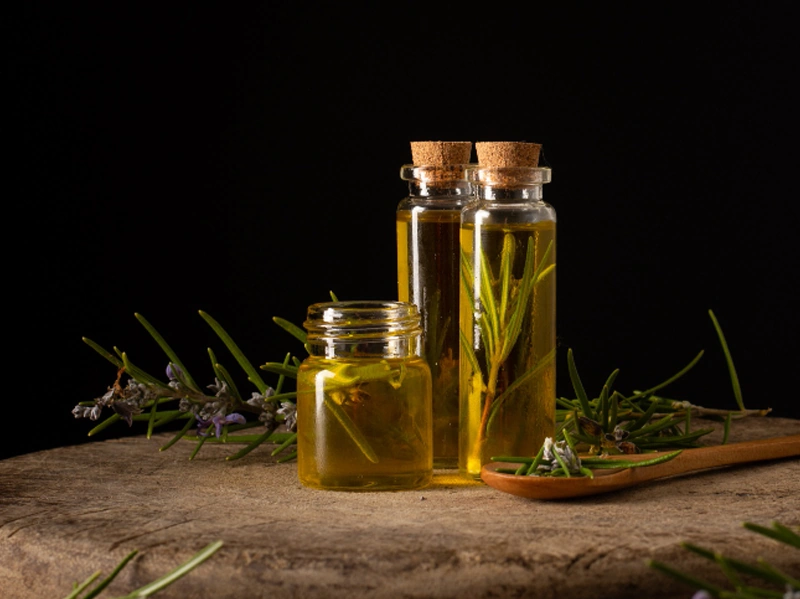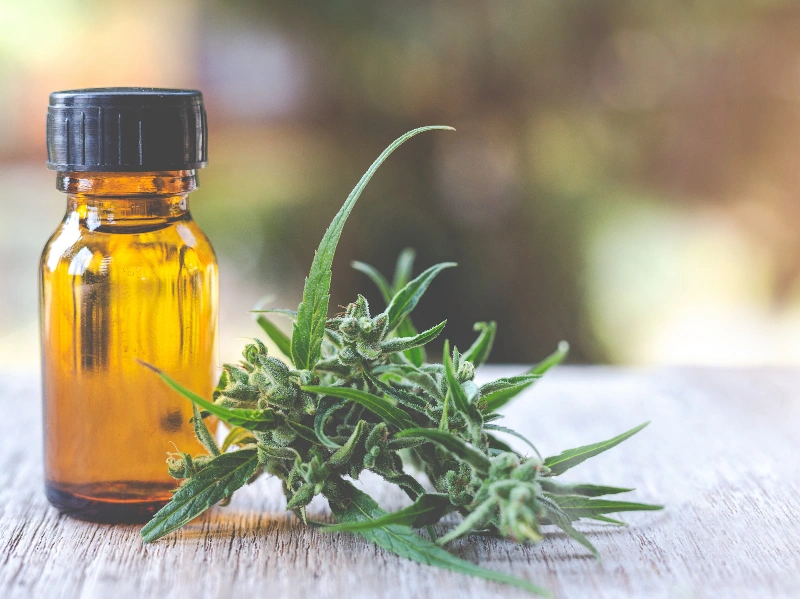When developing food products that meet the consumer’s desire for good taste, extracts can go where plain spices and herbs cannot. Extracts are obtained by distillation and contain the desirable flavor components of spices and herbs; they offer a more consistent flavor than fresh or dried herbs in some packaged foods. Two main categories of extracts are essential oils and oleoresins. Essential oils can be distilled or expressed from a seed, fruit, root, stem, or leaf of a plant. They capture the complete aroma in the form of highly concentrated volatile components, but because they do not contain the nonvolatile constituents, they may not represent the complete spice or herb flavor. The average volatile oil content of spices and herbs varies from a low of 0.4% for basil to a high of 15% for nutmeg; the volatile oil content of cinnamon, thyme, and dill falls between 1% and 3%. Oleoresins are viscous, complex mixtures of the volatile and nonvolatile flavor components derived by extraction. They typically contain essential oils, nonvolatile substances, fats, waxes, and pigments. Oleoresins represent the complete spice or herb profile in a concentrated oil-soluble liquid form and thus capture the potentially bioactive components of interest to the health and nutrition community.
Use of spice extracts in product development
Depending on the food product, spice and herb extracts can be combined with other ingredients to enhance flavor. They can also be diluted to standardize or solubilize the natural flavor or sprayed dry on carrier material for dry applications. The amount of extract used in a food product depends in part on its relative strength. For example, ground ginger (Zingiber officinale Roscoe, Zingiberaceae) contains about 1% to 5% volatile oil, whereas a ginger oleoresin contains 30% to 50% volatile oil; ginger oil contains 100% volatile oil.



